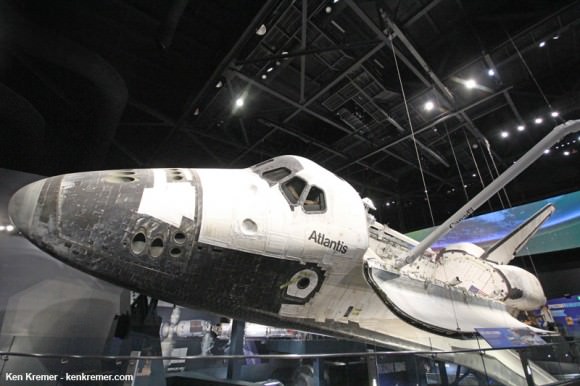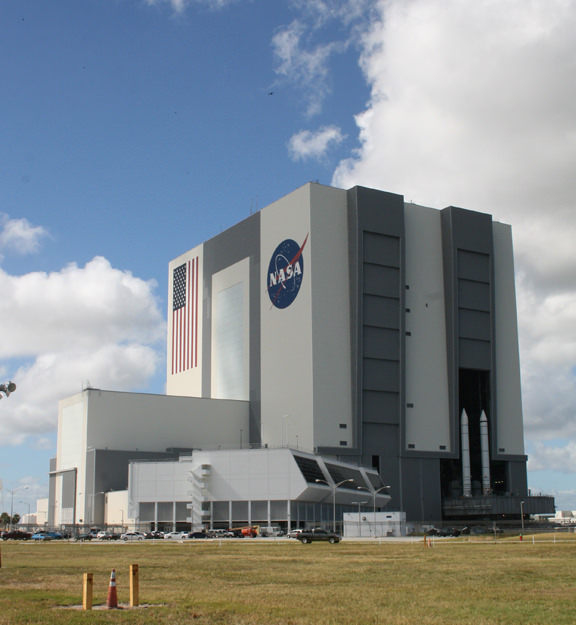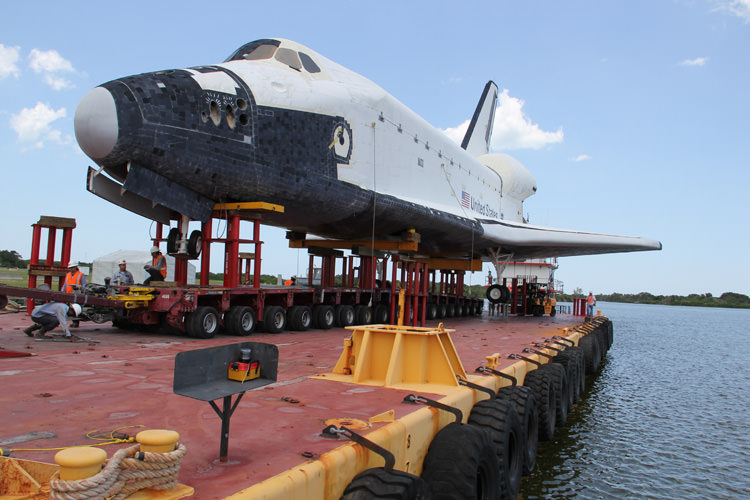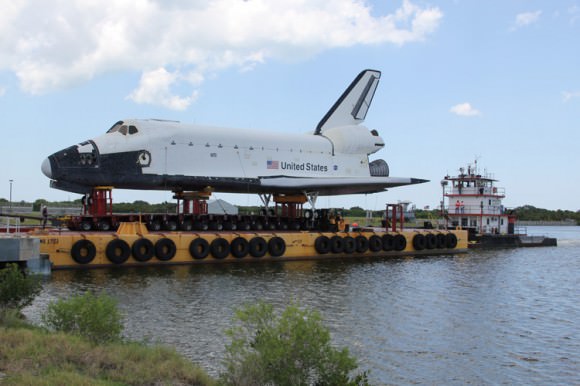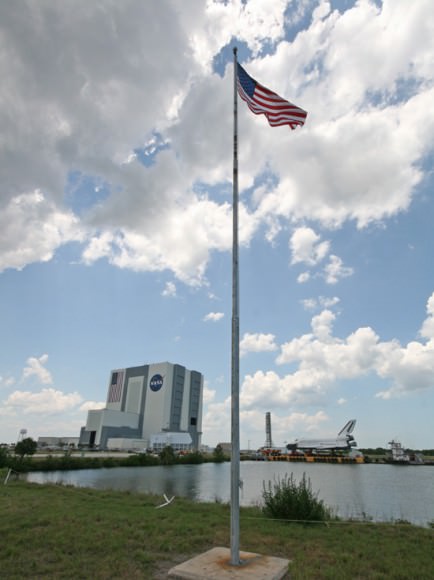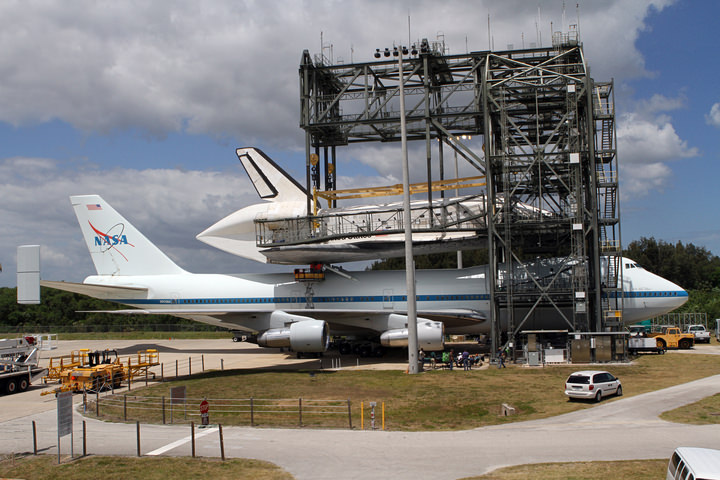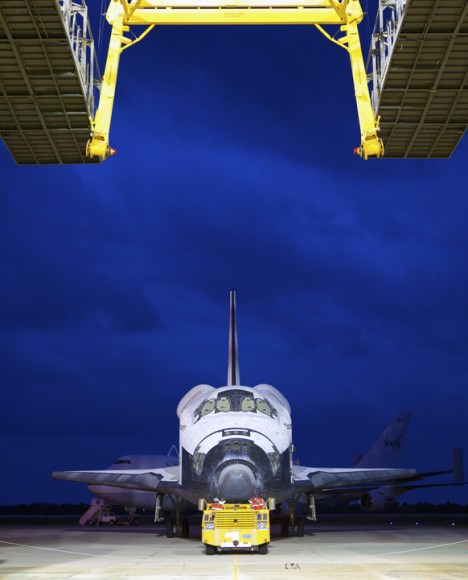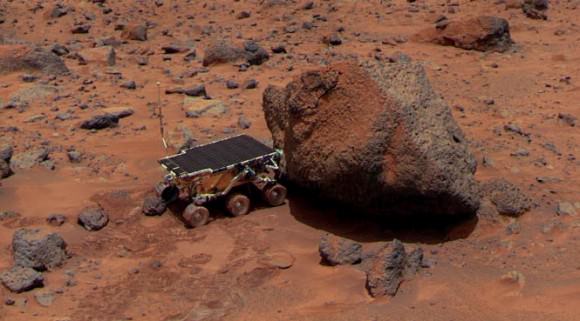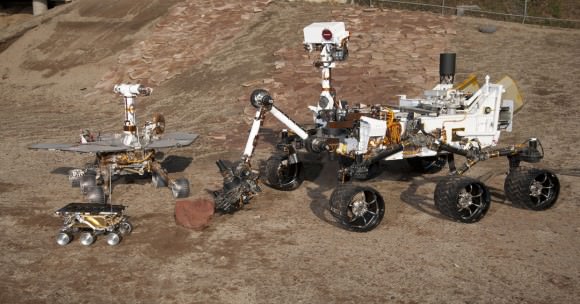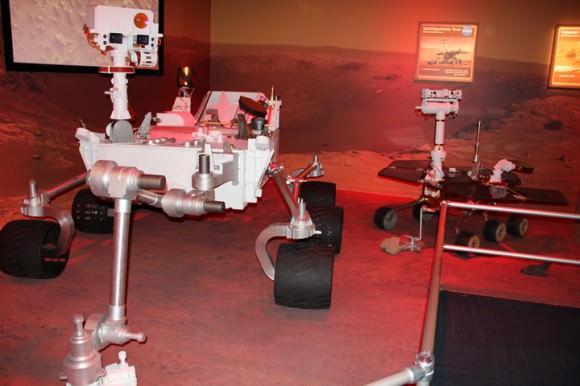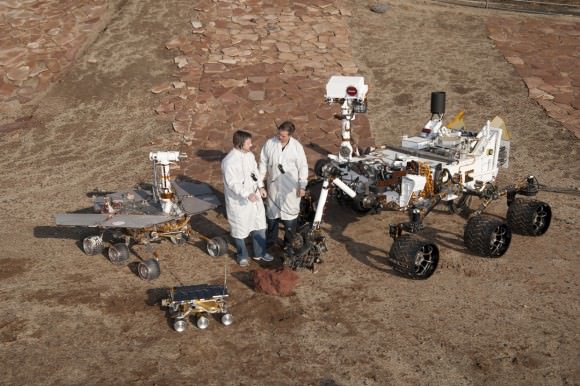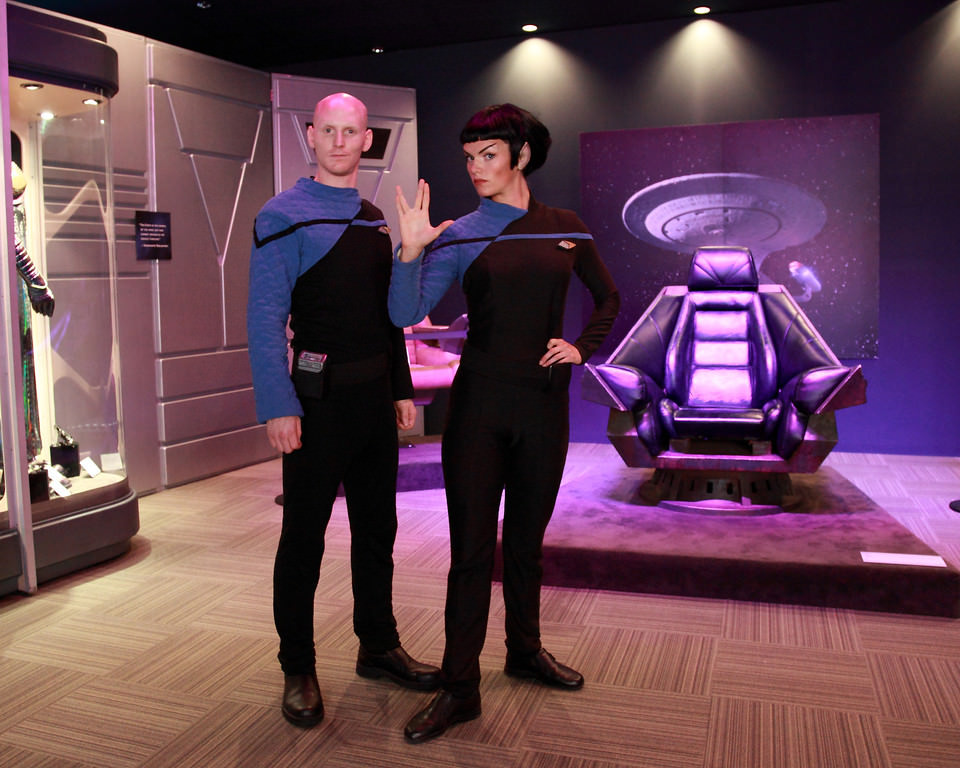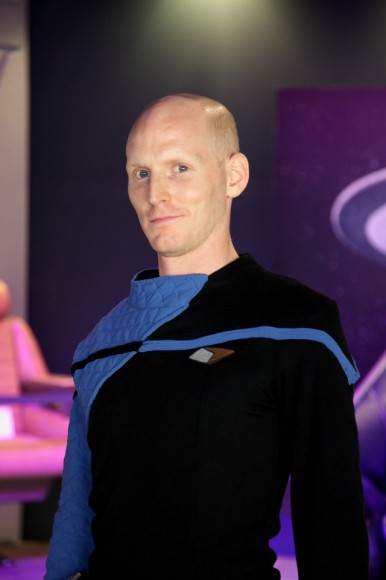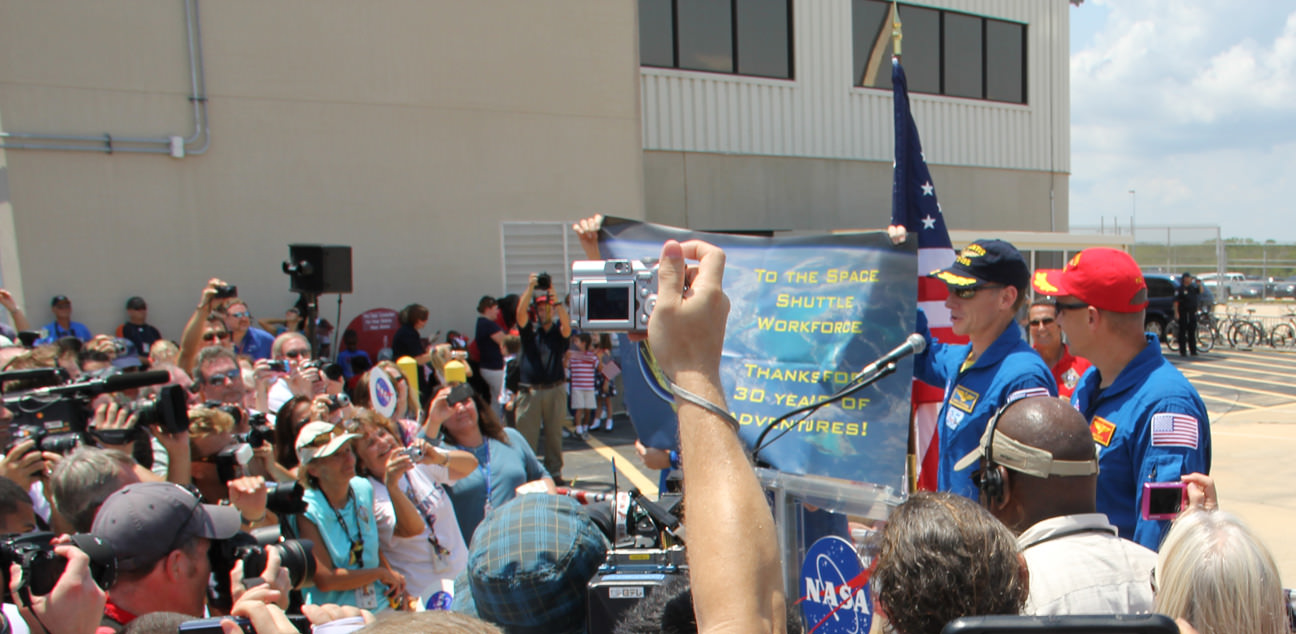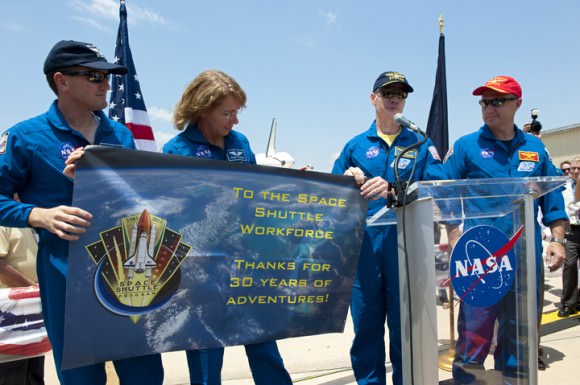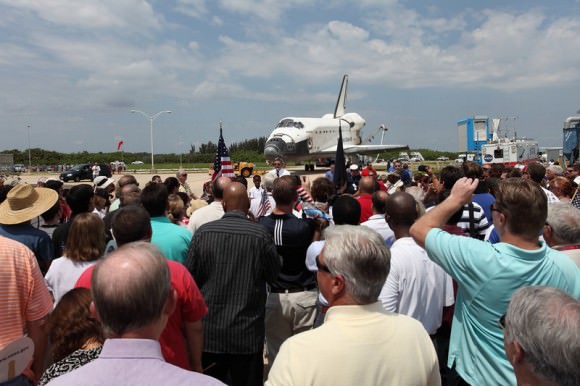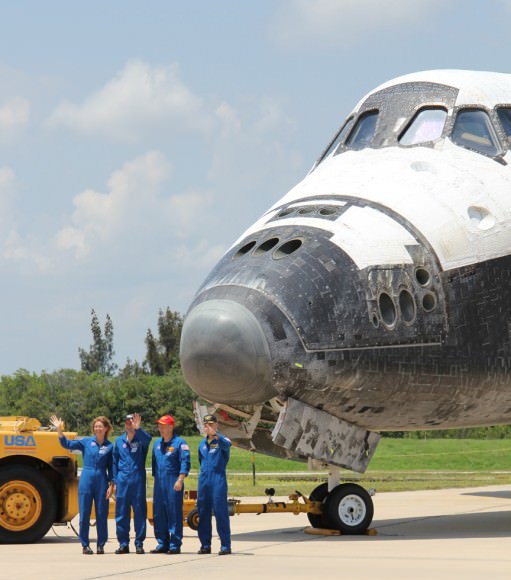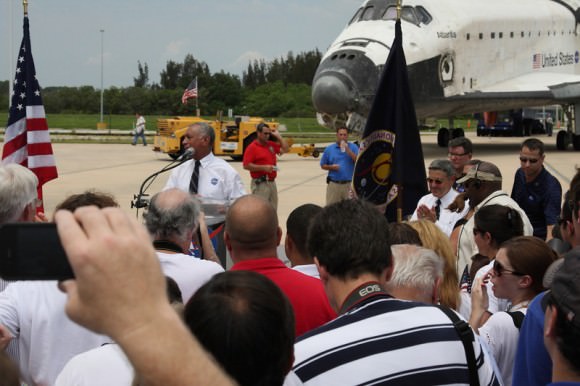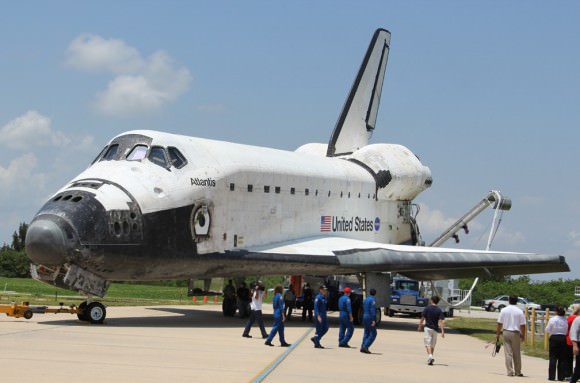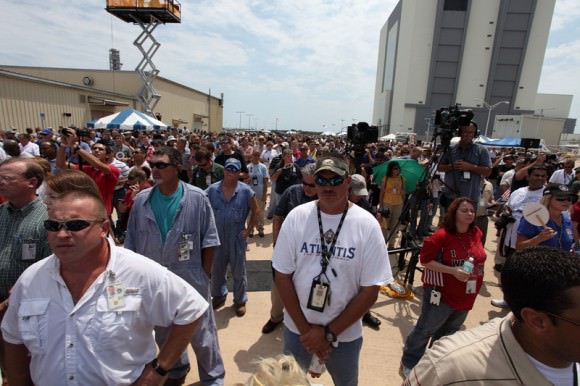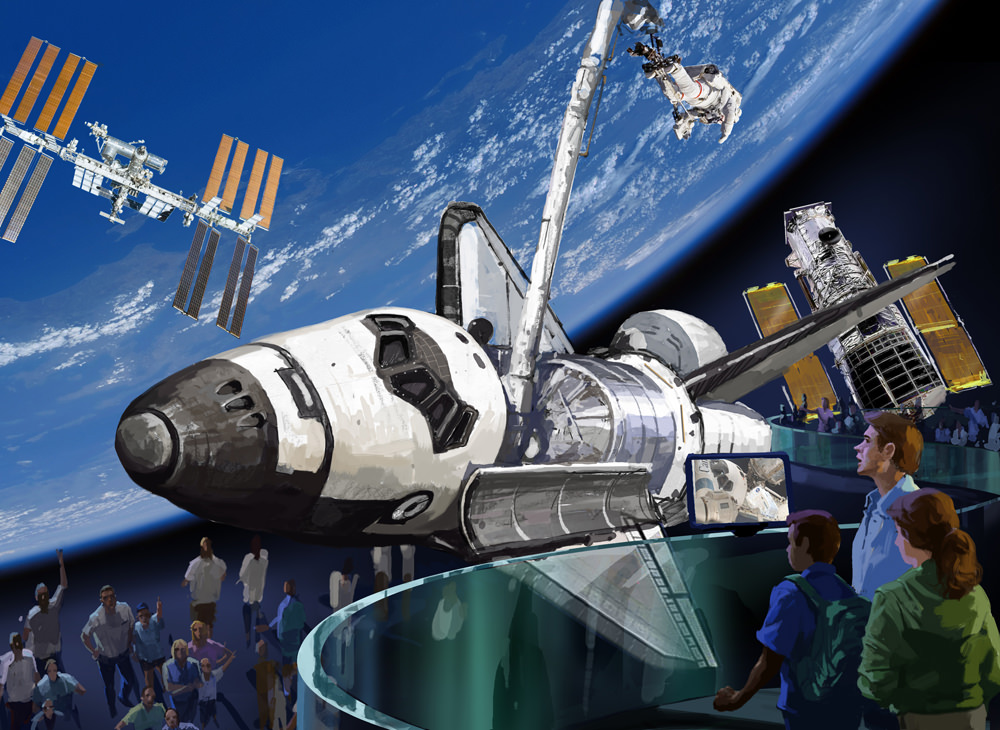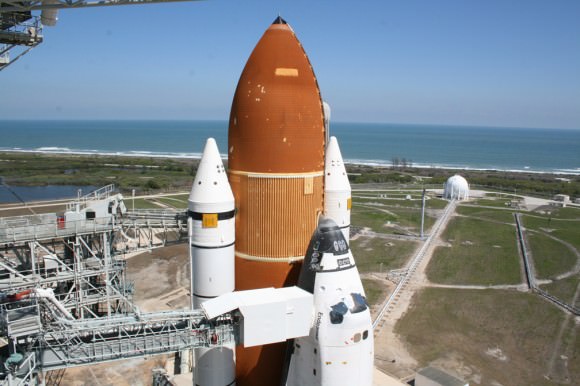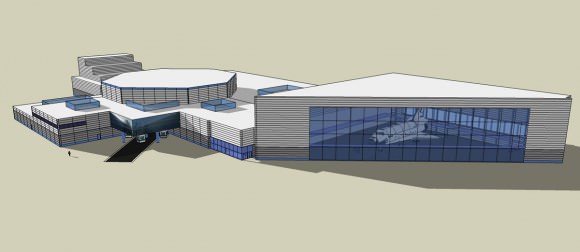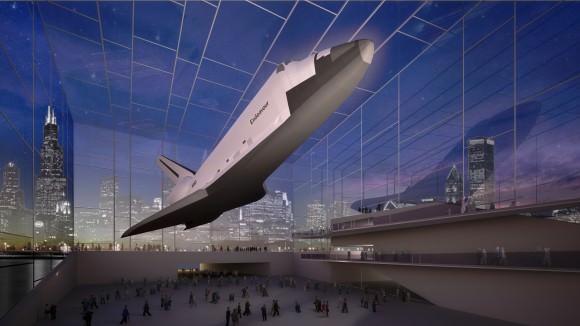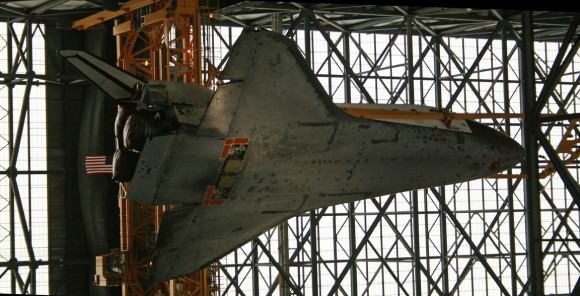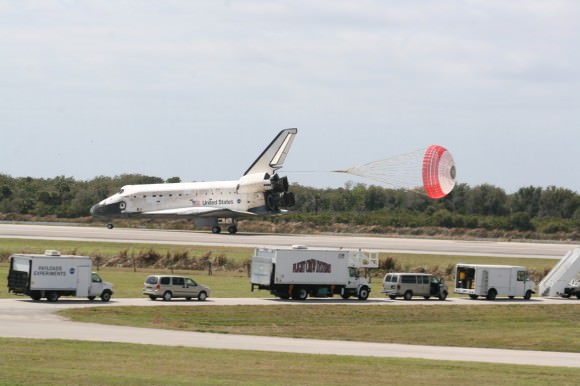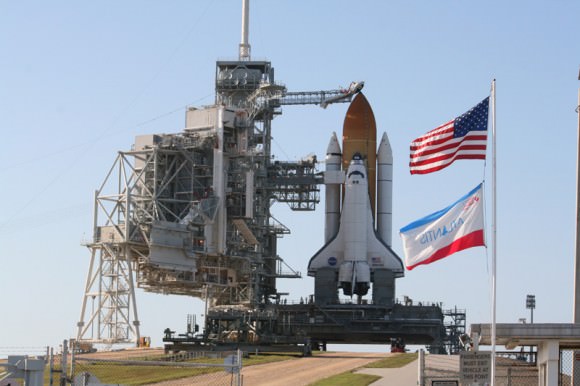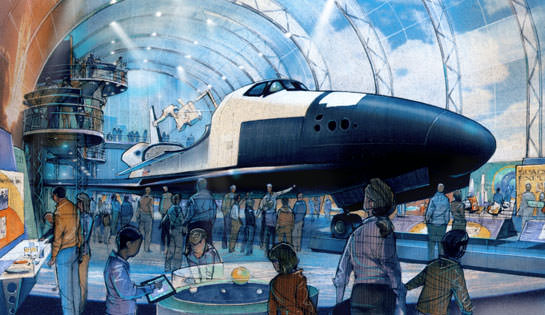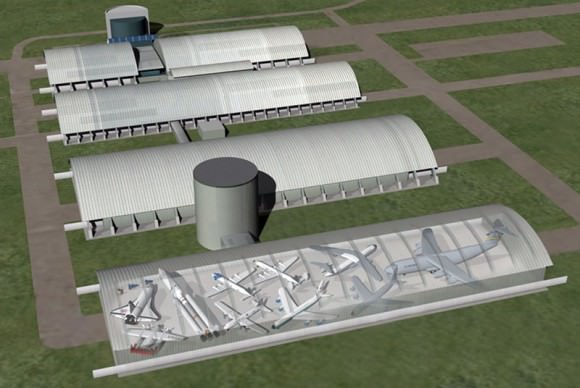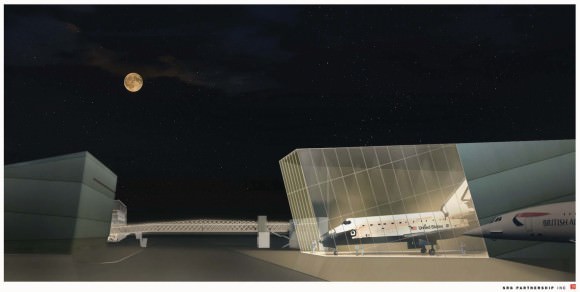NASA’s iconic Vehicle Assembly Building (VAB) and Launch Control Center (LCC) at the Kennedy Space Center, Florida. Public access tours inside the VAB will end on Feb. 11, 2014. NASA’s Apollo Saturn V Moon rockets and Space Shuttles were assembled inside.
Credit: Ken Kremer – kenkremer.com
Story updated- Last chance to visit VAB extended to Feb. 23[/caption]
If you have ever wanted to take a personal trip inside NASA’s world famous Vehicle Assembly Building (VAB) at Kennedy Space Center in Florida, now is the time.
In fact this is your last chance. Because access to the hugely popular public tours will end very soon. And perhaps you’ll see an Orion test capsule too.
Indeed you only have until Feb. 11 [Update: now extended to Feb. 23] to enjoy the KSC “Up-Close Tour” inside the 52 story tall VAB, according to an announcement by the privately run Kennedy Space Center Visitor Complex, which organizes the VAB tours.
The VAB is an iconic world wide symbol of America’s space program.
And it’s home to many of NASA’s finest and most historic exploration achievements – including all the manned Apollo Moon landings and the three decade long Space Shuttle program that launched the Hubble Space Telescope and the International Space Station (ISS) to orbit.
Why are the interior public tours being halted, barely 2 years after they started?
Because after a bit of a lull following the termination of NASA’s Space Shuttle program, space launch activities are ramping up once again and the agency must complete much needed building renovations to prepare for the next step in human exploration of the cosmos – SLS, Orion and commercial ‘space taxis’.

The agency needs unfettered use of the VAB to prepare for assembly, lifting and stacking of the new Orion crew capsule and it’s new monster booster rocket – the Space Launch System (SLS) – slated for its maiden blastoff in 2017.
You can always see the 525 foot tall VAB from the outside, gleaming proudly from miles away.
And it’s a must see from up close outside glimpses aboard tour buses driving by all day long – resplendent with a mammoth red, white and blue American flag painted on its side.
But nothing compares to being an eyewitness to history and seeing it from the inside with your own eyes, especially if you are a space enthusiast!
The VAB is one of the largest and most voluminous buildings in the world.
Since 1978, the VAB interior had been off limits to public visitors for more than 30 years during the shuttle era. It was too hazardous to visit because of the presence of the giant shuttle solid rocket boosters loaded with fuel.
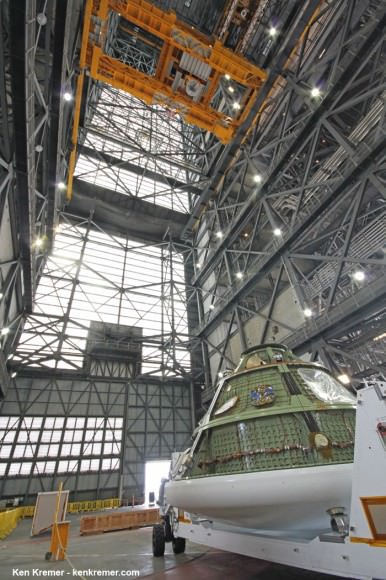
Inside access was finally restored to guests at Kennedy Space Center Visitor Complex in November 2011, following the retirement of the space shuttles.
Visitors could again “see firsthand where monstrous vehicles were assembled for launch, from the very first Saturn V rocket in the late 1960s to the very last space shuttle, STS-135 Atlantis, in 2011.”
Although the shuttles are now gone, there is a possibility that maybe you’ll be lucky enough to see an Orion test capsule that’s been used in real ground testing to help NASA prepare for upcoming missions.
Since the layout is constantly changing, there is no guarantee on seeing the Orion.
Possibly either an Orion boilerplate test article or the Ground Test Article (GTA) which was the first flight worthy Orion capsule to be built. The GTA is the path finding prototype for the Orion EFT-1 capsule currently in final assembly and slated to launch this Fall 2014.
Perhaps you’ll be lucky enough to snap a shot like one of mine of the Orion GTA on the floor of the main working area of the VAB – known as the transfer aisle.
You will definitely get the feel for the greatest hits in space history inside the place where the moon rockets and space shuttles were lifted, stacked and assembled for flight and then rolled out to either Launch Pad 39 A or 39 B.
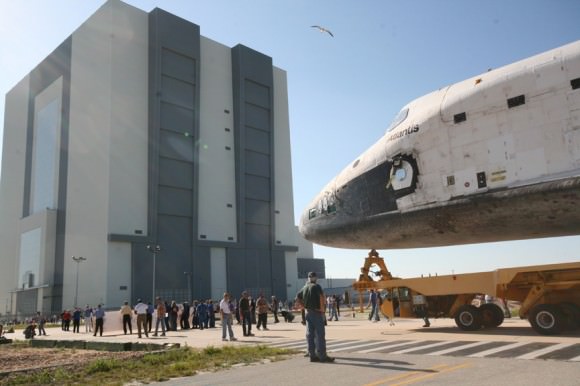
“Kennedy Space Center Visitor Complex has been honored to give our guests rare access to the VAB for the past two years, yet we knew that the day would come when preparations for the SLS would take precedent,” said Therrin Protze, chief operating officer for the Visitor Complex, in a statement.
“Kennedy Space Center is an operating space program facility, and preparations for the next chapter in space exploration are the utmost priority, and we are very excited about the future.”
Starting in 2017, America will again launch a mighty rocket – the SLS that will blast Americans to deep space after an unbelievable 50 year gap.
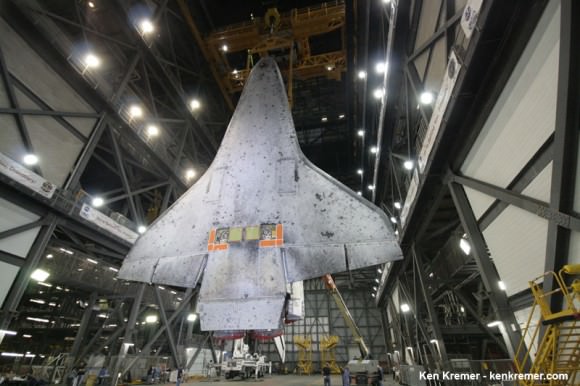
So for only about the next two weeks, you can see one of the greatest treasures of America’s space program and appreciate the cavernous interior from where our astronauts once set off for the Moon as part of the “Mega Tour”.
The “Mega Tour”, which also included visits to Launch Pad 39 A and the Launch Control Center (LCC) ends on Feb. 11, the visitor complex announced.
However the visitor complex is still offering a modified “Up-Close” tour to Pad 39A and the Launch Control Center (LCC) – at this time. But that’s subject to change at any moment depending on NASA’s priorities.
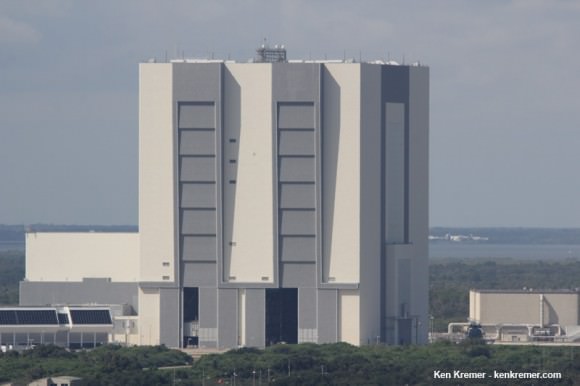
And don’t forget that you can also see NASA’s genuine Space Shuttle Atlantis in its new permanent exhibition hall at the Kennedy Space Center Visitor Complex.
Please check the visitor center website for complete details and admission pricing on “Up-Close” tours and everything else – www.kennedyspacecenter.com
There is one thing I can guarantee – if you don’t go you will see nothing!
Catch it if you can. It’s NOT coming back any time soon!
Stay tuned here for Ken’s continuing Orion, Chang’e-3, Orbital Sciences, SpaceX, commercial space, LADEE, Mars and more news.
